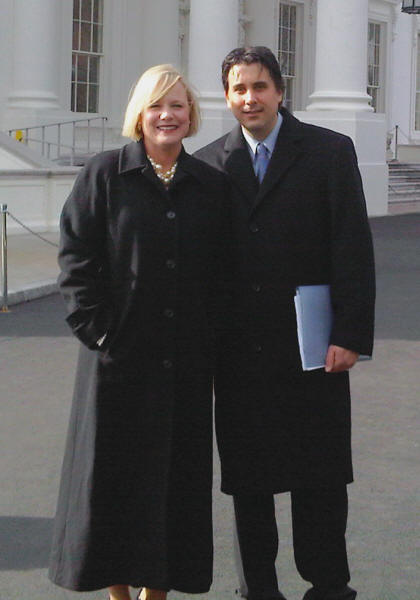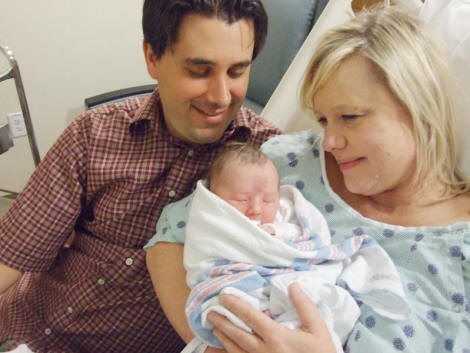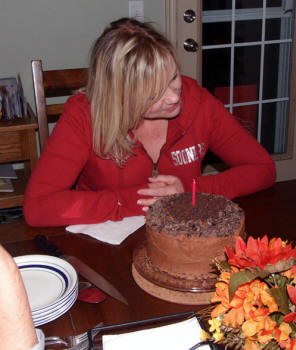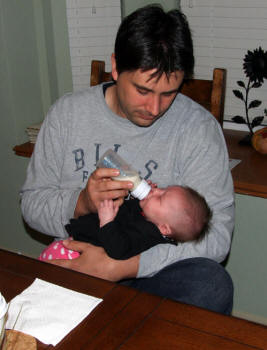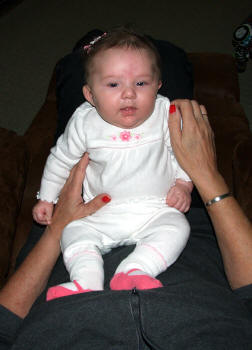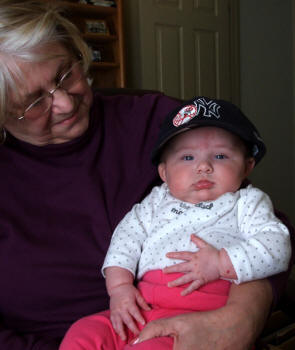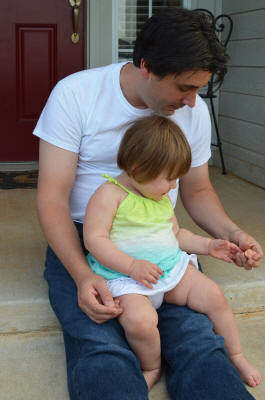By Jerry Zremski
NEWS WASHINGTON BUREAU CHIEF
Updated: January 15, 2010, 8:00 AM
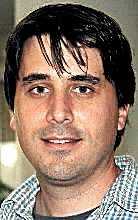 |
WASHINGTON— Michael
C. Coniglio’s dream carried him from
the snowbanks of Clarence to the
wind-swept plains of Oklahoma to the
trail of a tornado in Wyoming.
And this week, it carried him all
the way to the White House.
Coniglio, 34, a Clarence native who
now serves as a research
meteorologist at the National Severe
Storms Laboratory in Norman, Okla.,
was one of 100 winners of this
year’s Presidential Early Career
Award for Scientists and Engineers.
John Holdren, President Obama’s
science adviser, presented Coniglio
and the other up-and-coming
scientists their awards Wednesday,
and then the winners went off to the
White House for a group picture with
the president. “It was great — a
real honor,” Coniglio said.
Obama said in a letter to the
winners that it was well-deserved.
“You have been selected for this
honor not only because of your
innovative research,
but also for your demonstrated
commitment to community service and
public outreach,” he wrote. “Your
achievements as scientists,
engineers and engaged citizens are
exemplary, and the value of your
work is amplified by the inspiration
you provide to others.”
Coniglio won the award for his work
at the National Severe Storms
Laboratory, where he studied storms
producing damaging straight-line
winds before switching to research
on the atmospheric conditions that
produce severe thunderstorms.
“My job is to turn research into
something forecasters can use,”
Coniglio said.
It’s Coniglio’s dream job. “Ever
since I could remember, I was just
fascinated by the lake-effect storms
we would get back in Western New
York,” said Coniglio, the son of
Ronald and Marilyn Coniglio, now of
Lancaster. “I remember seeing my
father out there, shoveling snow
onto snowbanks that were above his
head. Every time I heard we would
get lake-effect snow, I’d get
excited.”
Coniglio’s fascination with the
weather only grew when, in 1986, he
saw a public television documentary
on the “storm chasers” at the
National Oceanic and Atmospheric
Administration’s lab in Oklahoma.
After getting an undergraduate
degree and witnessing more
lake-effect snow at Oswego State
College, Coniglio set off for the
University of Oklahoma, where he got
a Ph. D. that landed him the storm
lab job he had been craving since
childhood.
Now he works with some of the
scientists featured in that
decades-old public television
documentary. And daunting work it
can be.
In June, Coniglio and his colleagues
set out for southeastern Wyoming,
where they engaged in what the
government called “the largest and
most ambitious field experiment in
history to explore tornadoes.”
The trip brought researchers a
fuller understanding of how
tornadoes form and brought Coniglio
within about five miles of a big,
ugly twister that he photographed.
“Tornadoes are very unpredictable,”
he said. “I don’t like to get any
closer than three miles of them.”
Even after years in Oklahoma and
plenty of professional accolades for
studying all sorts of severe
weather, Coniglio acknowledged a
continuing comfort with the winter
days he knew back home.
“We had a blizzard in Oklahoma on
Christmas Eve — 14 inches of snow,”
he said. “Everybody was freaked out,
but it was no big deal for me.”

